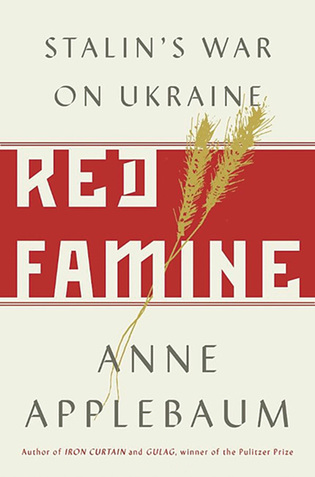 loading
loading
Reviews: January/February 2018 View full imageRed Famine: Stalin’s War on Ukraine James Ledbetter ’86 is the editor of Inc. and author of One Nation Under Gold. For Ukrainians the experience is as scarring as the Holocaust, and carries its own bleak term: Holodomor (roughly “extinction by starvation”). At least 5 million people died of hunger across the Soviet Union between 1931 and 1934, and among those at least 3.9 million were from Ukraine, paradoxically an agricultural powerhouse. Those facts are grim enough, but, as Anne Applebaum documents, the “famine” was manmade, and in important respects deliberate. It stemmed from a lethal combination of political rigidity, bungled bureaucracy, and the ethnic snobbery that had long seen Ukraine as a bumpkin-filled “little Russia.” Immediately after the Soviet revolution, a burgeoning Ukrainian nationalist identity coexisted with Moscow-directed Communism. But in the early 1920s, a poor harvest put pressure on Ukrainians to hand over their crops to Russia. This broke the ties between the two nationalities, and led to a Ukrainian independence movement that Stalin would see as a political threat. That standoff might have lasted, but for the imposi-tion of collective farming. Ukrainian peasants, robbed of the ability to grow their own food, slowed their farming, or stole from the collective farms. Rebellion erupted, setting off a cycle of repression and starvation fueled by Stalin’s ruthlessness and paranoia about deviations from state policies. Starvation was compounded by persecution and executions of intellectuals and efforts to hide the disasters from the world. Much on this topic remains to be debated, notably whether the term “genocide” should be applied to a mass famine. Yet Applebaum’s diligent scholarship, skillful writing, and access to recently unsealed documents make this a definitive account for the ages.
The comment period has expired.
|
|